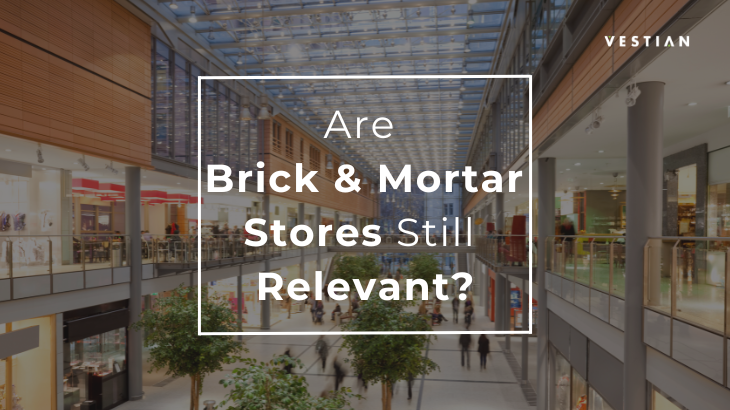Digital revolution has undeniably transformed the retail landscape. With e-commerce platforms offering utmost convenience and speed, many predicted the demise of traditional brick-and-mortar stores. Yet, here we are with physical stores still standing tall in streets and malls.
A recent study reveals that 68% of online shoppers still prefer to touch or try out a product in store before making a purchase online. This is corroborated by the fact that retailers with both online and offline presence have reported an average 24% uplift in e-commerce sales within the vicinity of their physical stores.
Shopping has become more than just a transaction; it’s more of an experience. Brick and mortar stores provide a sensory environment where customers can engage with products, receive personalized service, and enjoy in-store events, which also leaves them with an everlasting experience.
Despite the rapid delivery options provided by e-commerce giants, the joy of walking out of a store cannot be compared to a purchase made online. Infact according to statistics 49% of consumers cited this as the primary reason they still shop in physical stores. Physical stores contribute to authenticity and trust factor. 62% shoppers expressed more trust in brands that have brick and mortar stores, believing they can address issues faster and more transparently. Having said that, the line between online and offline shopping continues to blur. A whopping 72% of consumers in 2023 use a mix of online research, in-store visits, and mobile apps before making a purchase, highlighting the significance of an integrated retail approach.
Local brick and mortar stores have consistently contributed to community economies as they provide jobs, support local events, and foster community spirit. This year, local businesses pumped an estimated $1.2 trillion back into their communities.
While long-term leases for large retail spaces have seen a decline, short-term pop-up stores have surged in popularity, with an increase of 34% in 2023. These temporary storefronts allow brands to test new markets, promote special products or capitalize on seasonal trends without committing to a permanent space.
While the convenience of e-commerce is undeniable, 2023’s data illustrates that brick-and-mortar stores remain an essential facet of the retail landscape. Their ability to offer tangible experiences, instil trust and provide instant gratification keeps them relevant, even in this digital age.
Thus, it comes as no surprise that retailers are taking an integrated approach, that of an omnichannel presence to cater to a wider range of consumer preferences.

